Propagating succulents at home is a rewarding and surprisingly simple process that allows you to grow new plants from the ones you already have. Whether you’re looking to expand your collection, share with friends, or rescue a plant that’s grown leggy, propagation is a cost-effective and satisfying way to multiply your succulents. With just a few leaves or stem cuttings, a bit of patience, and the right conditions, you can turn a single plant into many.
Understanding How Succulents Grow
Succulents are unique because of their ability to store water in their leaves, stems, and roots. This adaptation not only allows them to survive in arid environments but also makes them incredibly easy to propagate. When a leaf or stem is removed properly, it can develop roots and grow into an entirely new plant.
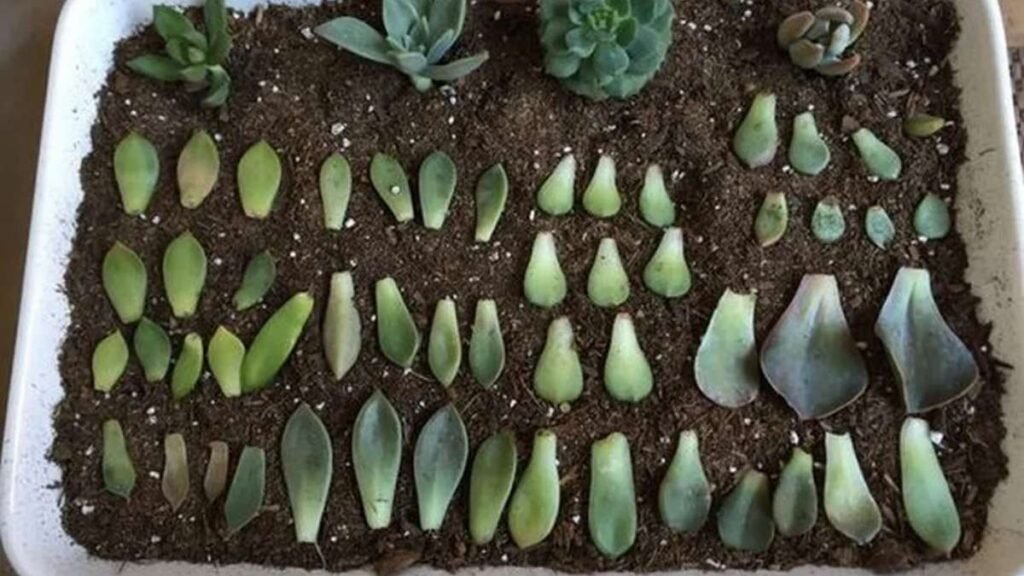
Most common varieties like Echeveria, Sedum, Graptopetalum, and Crassula respond well to propagation. Knowing your succulent type can help you choose the best method, but in general, leaf and stem propagation techniques work well across many species.
Choosing the Right Time to Propagate
The best time to propagate succulents is during their active growing season typically spring and summer. During these months, plants are more likely to root quickly and begin developing new growth. Propagating during fall or winter is still possible, but the process will be slower due to dormancy or limited sunlight.
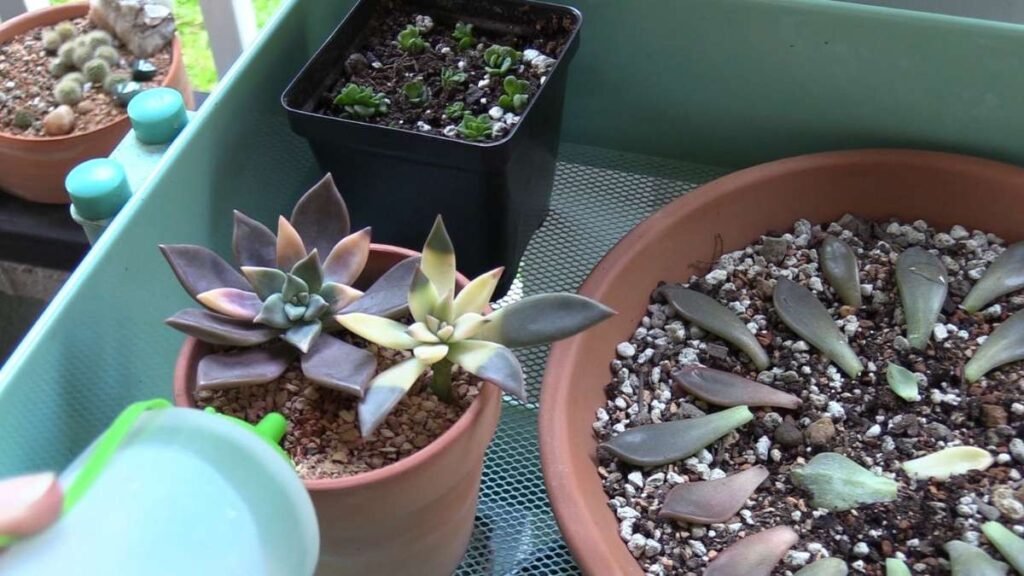
If your succulent is actively growing or has recently been pruned, it’s likely ready for propagation. Just make sure the plant is healthy and not stressed from overwatering, pests, or disease.
Tools You’ll Need
Propagating succulents doesn’t require much, but having the right tools helps ensure success. You’ll need:
- A clean, sharp pair of scissors or pruning shears
- A shallow tray or container for leaf propagation
- Small pots or seedling containers for rooted cuttings
- Well-draining succulent or cactus soil
- A spray bottle for misting
- Bright, indirect light (natural or artificial)
It’s important that all tools are clean to prevent infection or rot in your new cuttings.
How to Propagate from Leaves
Leaf propagation is one of the most popular methods for succulent lovers. It works best with varieties that have plump, fleshy leaves.
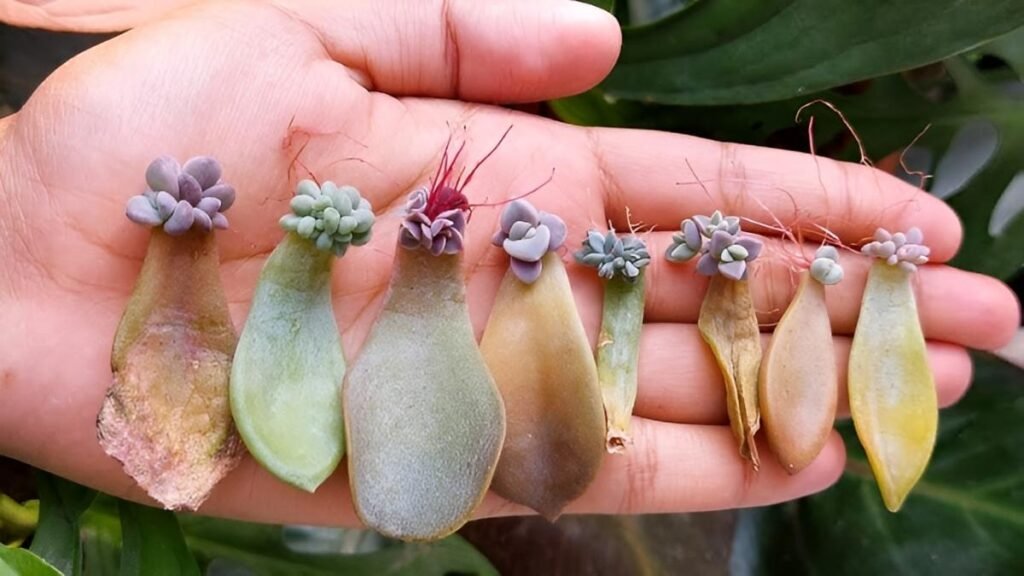
To begin, gently twist a healthy leaf from the mother plant. Make sure you get the entire leaf, including the base where it attaches to the stem. A clean break is essential damaged or torn leaves are less likely to root.
Lay the leaf flat on a dry surface, out of direct sunlight. Allow it to dry for 2 to 4 days until the end calluses over. This step is crucial to prevent rotting when the leaf touches moist soil.
Once calloused, place the leaf on top of well-draining soil. Do not bury it. Mist the soil lightly every few days to keep it slightly damp, but never soggy. After a week or two, tiny pink roots will begin to appear, followed by a small rosette forming at the base.
Over the next few weeks, the original leaf will shrivel as the new plant draws energy from it. Once the new plant is strong enough, you can transplant it into its own pot.
How to Propagate from Stem Cuttings
Stem cuttings are perfect for succulents that have become leggy or stretched from lack of sunlight. This method also works well for branching varieties like Jade plants and Sedums.
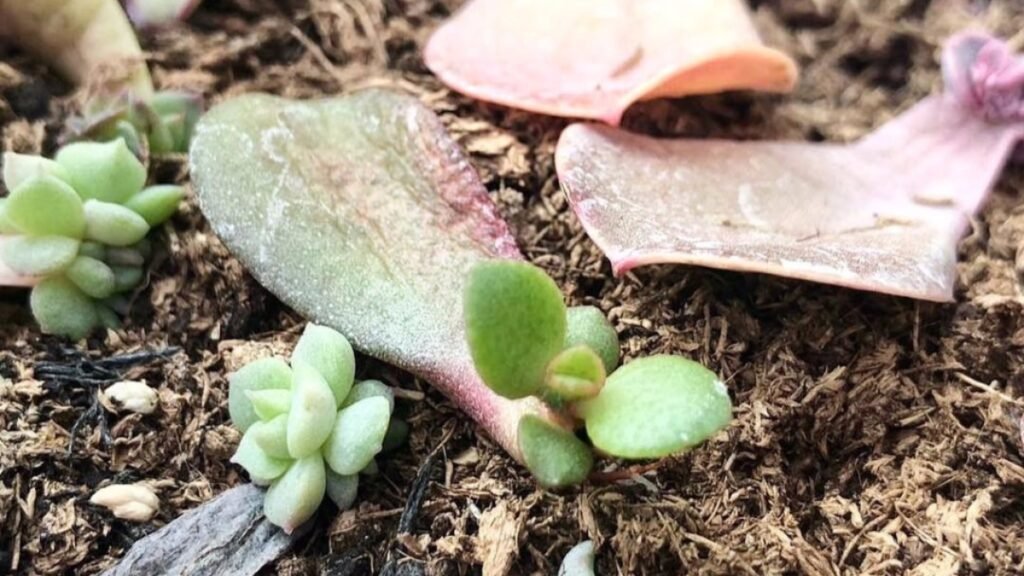
Start by cutting a healthy section of the stem using a clean, sharp tool. The cutting should be at least 2 to 4 inches long, with several leaves attached. Remove the lower leaves from the bottom third of the cutting to expose the stem.
Place the cutting in a dry, shaded spot for 3 to 5 days to allow the end to callous over. Once the cut end is dry, insert it gently into well-draining soil, just deep enough to keep it upright. Mist the soil every few days or when it feels completely dry.
After 2 to 3 weeks, roots should begin to form. You can check by gently tugging the cutting if it resists, roots have likely developed. Once rooted, care for it like a mature succulent.
Providing the Right Environment
Successful propagation depends largely on environmental factors. Succulent cuttings need bright, indirect light to grow, but too much direct sun can scorch the fragile new growth. Place your tray or pots near a bright window, or use a grow light if natural light is limited.
Temperature also matters. Succulents prefer warmth, so keep your propagation area between 65 and 80°F (18 to 27°C). Avoid exposing new cuttings to drafts or sudden temperature changes.
Humidity should be moderate. While succulents don’t need tropical conditions, slightly higher humidity can help during the initial rooting phase. Light misting is usually enough, but make sure the soil never stays wet for long periods.
Knowing When to Transplant
Once your propagated succulents have developed a solid root system and begun to show new growth, it’s time to transplant them. Use small pots with drainage holes and fill them with fresh, well-draining soil. Gently move the new plant into its pot, taking care not to damage the roots.
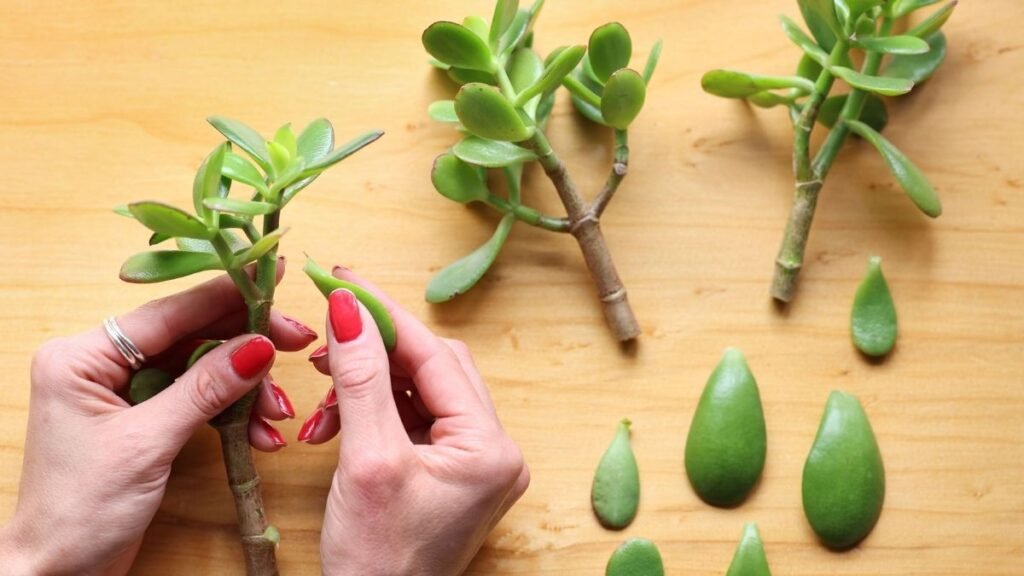
After transplanting, wait a few days before watering to let the plant settle. Then begin a light watering routine only when the soil is fully dry. Your new succulents are now ready to grow and thrive just like the original.
Common Mistakes to Avoid
Propagation is simple, but a few common mistakes can hinder success. Overwatering is the most frequent error. Too much moisture causes rot, especially in leaves that haven’t calloused properly. Always let leaves and cuttings dry before placing them on or in soil.
Another mistake is placing cuttings in direct sunlight too soon. New growth is sensitive and can burn easily. Be patient and wait until the plant has established itself before introducing full sun.
Lastly, don’t rush the process. It can take several weeks or even months for roots and baby plants to form. Resist the urge to move or poke at them too often. Patience and gentle care are the keys to success.
Final Thoughts
Propagating succulents from leaves and cuttings is one of the most enjoyable aspects of indoor gardening. It connects you more closely with the plant’s natural life cycle and gives you the satisfaction of creating something from nearly nothing. With a bit of time, a few simple tools, and some attention to light and moisture, you’ll soon have a whole new collection of thriving succulents all started with just a leaf or a snip of stem. Whether you’re a beginner or an experienced plant lover, propagation is a rewarding way to grow your garden, one tiny plant at a time.

